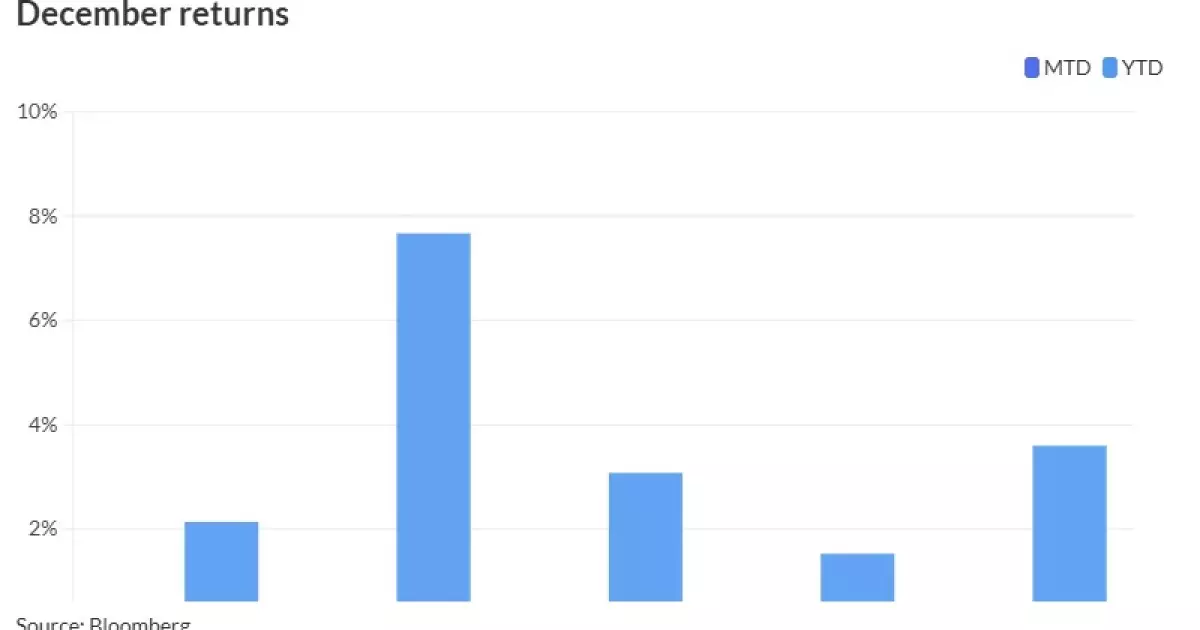The municipal bond market has recently experienced a wave of selling pressure, resulting in varied performance relative to U.S. Treasuries. This article delves into the dynamics currently shaping the municipal bond landscape, the specific challenges facing investors, and what the future might hold for this fundamental asset class.
On a recent Friday, municipal bonds displayed resilience, outperforming U.S. Treasuries (USTs) despite overall selling pressures. The market saw yields for triple-A municipal bonds increase between three to eight basis points, a notable shift according to various data sources like ICE and Bloomberg’s BVAL. In contrast, USTs bore losses in the range of six to eight basis points, reflecting a broader trend where municipal bonds have fared better. Investors noted that the municipal to UST ratios shifted slightly, with two-year municipalities at 61% and 30-year municipalities at 80%. These figures indicate a more attractive value proposition for municipal bonds but also suggest overvaluation concerns amidst a cooling market.
This week, there has been a noticeable spike in bid-wanteds, reaching levels not seen in over a year, as investors reconsider their positions in the face of mounting supply. Mikhail Foux, the head of municipal strategy at Barclays, pointed out that the underlying strength of the municipal market remains robust despite fears of a market correction. This selling pressure, attributed to a plethora of new issuances, highlights a precarious balance; investors are trimming exposure as they navigate a market that feels increasingly fatigued.
As December progresses, the Bloomberg Municipal Index reflects a modest downturn, sitting at -0.40% for the month while being up 2.14% year-to-date—comparison values that illustrate the dynamic and often unpredictable nature of this asset class. Meanwhile, high-yield municipal indices post similar trends, hinting at the intricate performance patterns within the sector.
A closer examination of municipal indices reveals that while tax-exempt investment-grade (IG) performance aligns approximately with high-yield bonds for the month-to-date, the high-yield sector outpaces IG significantly for the full year. BofA’s research suggests that performance disparities exist among various rating brackets, with BBB-rated bonds posting stronger returns compared to single-A rated bonds. These trends call attention to the complexities of investor preferences and the nuances that influence performance metrics across different segments of the municipal market.
Furthermore, the increase in issuance continues to be a double-edged sword. Year-to-date issuance has reportedly surpassed $493 billion, marking a 32% increase from the previous year. This inundation with supply contrasts with a notable drop in bank holdings of municipal bonds, circulating concerns regarding liquidity and institutional interest in the sector amid changing market conditions.
Looking ahead, expectations of potential interest rate adjustments linger over the market. Experts from BofA speculate that the Federal Reserve may implement rate cuts soon, with the bond market rally anticipated to extend into the first quarter of 2025. Should these predictions materialize, further flattening of yield curves may occur, influencing bond valuations and investor strategies in the municipal segment.
Yet, the outlook remains cautiously optimistic. Foux notes the significant pricing shift that has left long-term municipal bonds appearing richly valued. Although potential upside seems limited, this segment may still experience tighter spreads if supply substantially diminishes. The longer maturities in the municipal sector exhibit stronger performances, reinforcing a belief that strategic moves might yield better placements in the near future.
Given the current market climate, investors are urged to reassess their portfolios, especially in anticipation of sparse supply toward the end of December. Foux advises against excessive chasing of performance, recommending a strategy focused on lightening holdings as opportunities arise. This conservative approach may offer greater flexibility and room for adjustment as the market transitions into 2025.
The municipal bond landscape is navigating through uncertain terrains shaped by selling pressures, nuanced yields, and a backdrop of evolving Fed policies. Investors must remain agile, leveraging insights and market shifts to align their strategies effectively with the broader economic landscape. The next few weeks, influenced by fiscal policies and market conditions, will significantly determine the direction and stability of the municipal bond market. As we approach the final weeks of the year, careful observation and strategic planning will be paramount for capitalizing on potential opportunities within this vital asset class.

